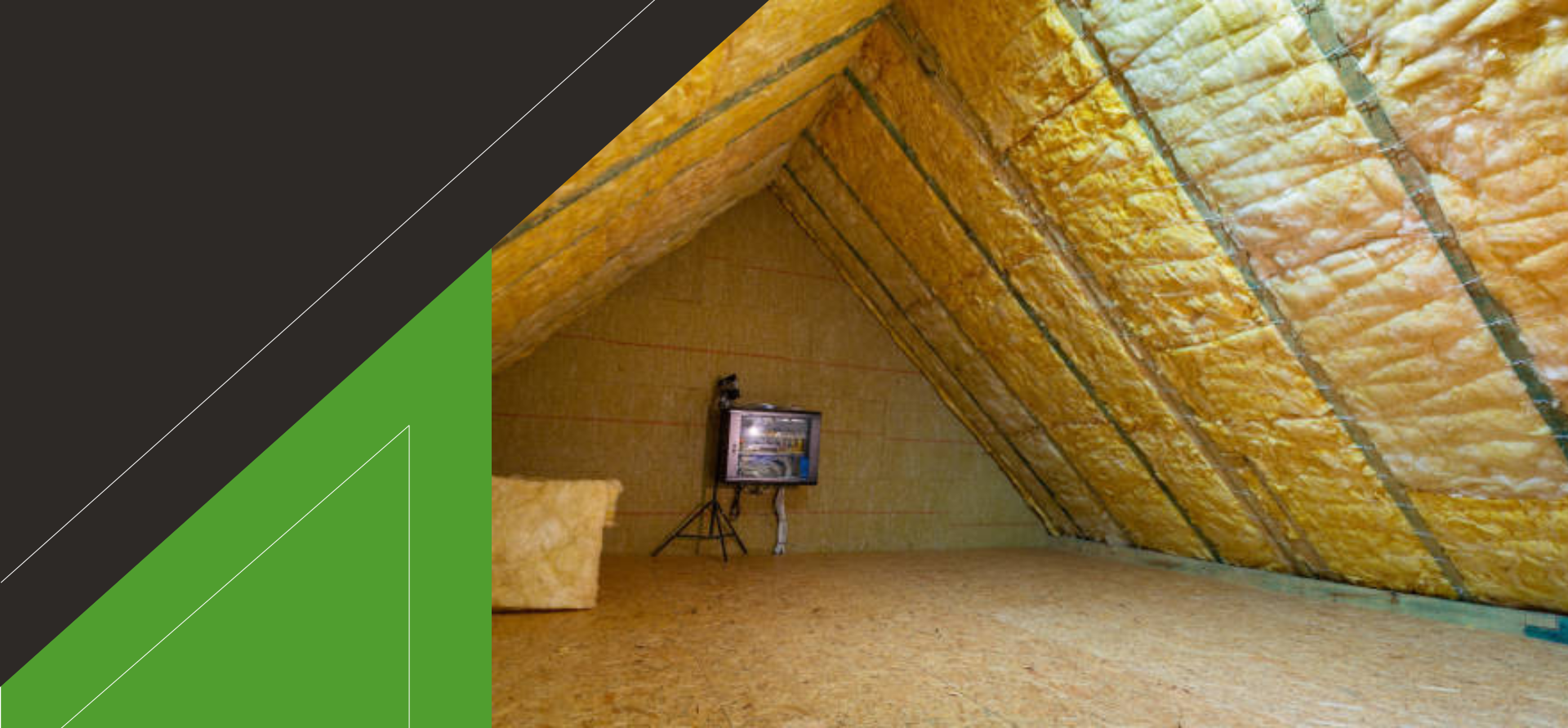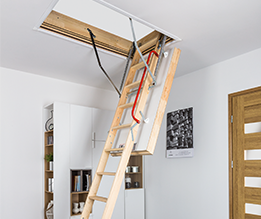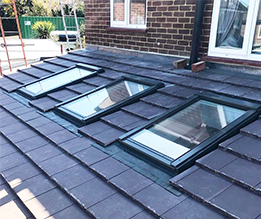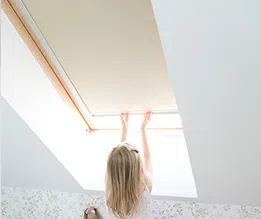What are the different types of loft boards?
In the UK, there are various types of loft boards available, each designed for specific purposes and preferences.

The most common types of loft boards
- Chipboard Loft Boards: Chipboard loft boards are the most common and affordable option. They are made from compressed wood particles and often come with a tongue-and-groove design for easy installation. They are usually suitable for general storage in the loft where heavy-duty load-bearing is not required.
- OSB (Oriented Strand Board) Loft Boards: OSB loft boards are made from strands of wood bonded together with adhesive. They are durable and tend to have a smooth surface. Suitable for general storage and areas with moderate load-bearing requirements.
- Plywood Loft Boards: Plywood loft boards are made from layers of wood veneer glued together. They are known for their strength and durability. They are suitable for heavier loads and high-traffic areas in the loft.
- MDF (Medium Density Fiberboard) Loft Boards: MDF loft boards are made from compressed wood fibers and resin. They are smoother than chipboard and can be painted or finished. Great for lighter loads and areas where a smoother finish is desired.
- Insulated Loft Boards: These loft boards come with an integrated insulation layer, helping to improve energy efficiency by reducing heat loss through the loft floor. Suitable for insulating and flooring in one step, often used in spaces where temperature control is important.
- Reinforced Loft Boards: These loft boards are designed to withstand heavier loads. They often have additional supports or reinforcing materials. Ideal for areas where you need to store heavier items or create a more robust loft flooring system.
- Moisture-Resistant Loft Boards: Loft boards with moisture-resistant properties are suitable for areas where there may be a risk of dampness. Recommended for lofts with potential moisture issues, such as condensation.
Here at RW4Y, we now sell P4 Flooring grade chipboard Loft Boards, but what does P4 mean and how does this compare to other types?
How are different types of chipboard grades commonly used?
- P1 Chipboard: P1 is a basic chipboard grade with minimal load-bearing capacity. Suitable for applications where strength and load-bearing are not critical, such as packaging materials.
- P2 Chipboard: P2 chipboard is a general-purpose grade with improved strength compared to P1. Commonly used for furniture, interior fittings, and other applications where moderate strength is required.
- P3 Chipboard: P3 chipboard is designed for structural use and has a higher load-bearing capacity than P2. Suitable for applications requiring increased strength, such as flooring and roofing.
- P4 refers to a particular grade of chipboard that is commonly used for flooring applications, including loft boards. In the European classification system for particleboards and chipboards, P4 is associated with flooring applications and indicates a board with a higher load-bearing capacity compared to lower grades.
- P5 Chipboard: P5 chipboard is a high-density grade with enhanced moisture resistance. Commonly used for flooring and roofing applications, especially in environments where moisture resistance is important.
- P6 and P7 Chipboard: P6 and P7 chipboards are specialised grades with even higher density and load-bearing capacities. Typically used in demanding structural applications, such as mezzanine floors or heavy-duty shelving.
When purchasing loft boards for boarding your loft/ attic space please ensure the boards meet your requirements rather than just looking for the best deal as this may indicate a lower P rating which may not be suitable for your project.
Related case studies
Advice
Don’t move, improve: Do you need planning permission for a loft conversion?
When it comes to navigating the world of planning permission, it can be easy to get confused — particularly when...
Advice
Do you need planning permission for skylights and roof windows?
When you're planning a loft conversion, an extension, or any other building work to your property, knowing what paperwork you...
Advice
Do you need planning permission for an extension?
Moving home can be such a hassle, not to mention expensive. That's why so many of us now choose to...






